Registration Deadline
28 February 2025
Judging
Date
24 & 25 March 2025
Winners Announcement
22 April 2025
28 February 2025
24 & 25 March 2025
22 April 2025
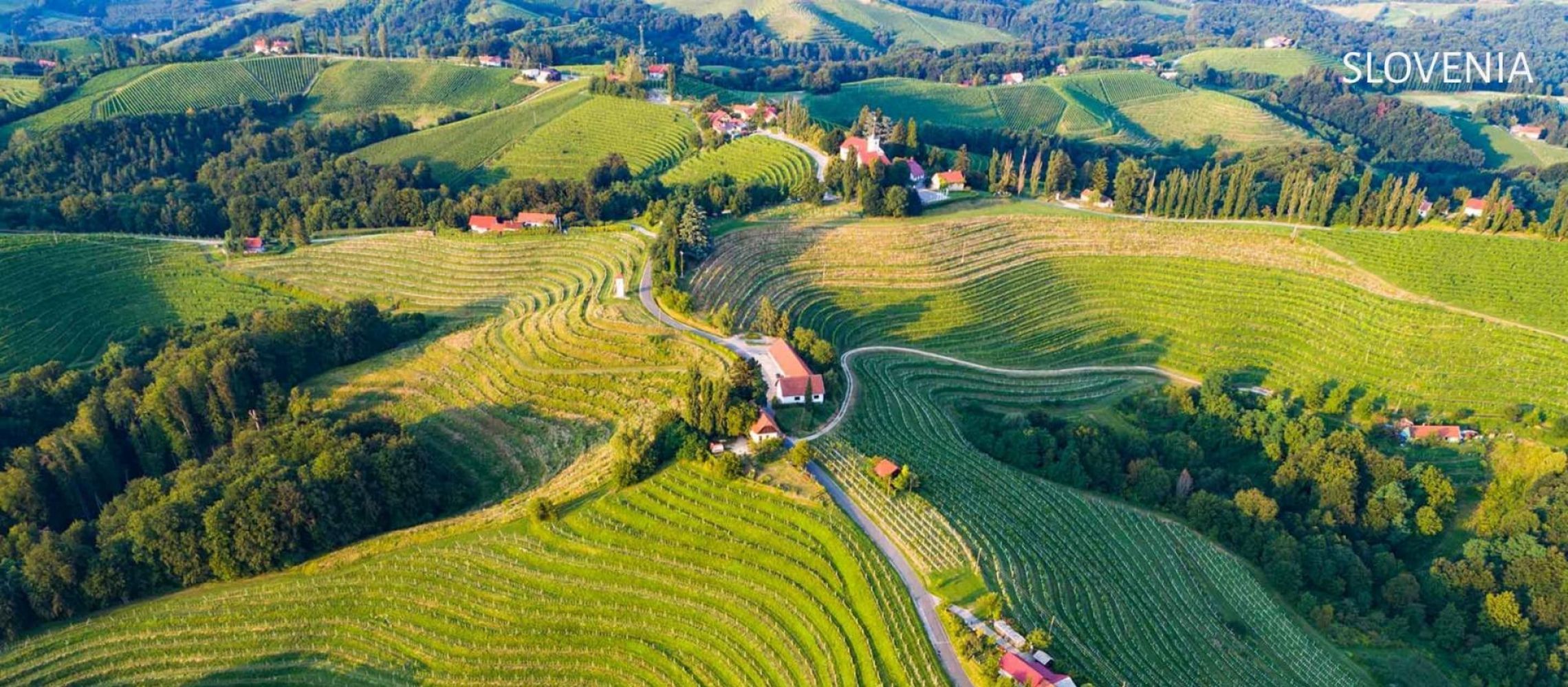
Slovenia, a hidden gem in the heart of Europe, is gaining recognition as a dynamic wine-producing country. Nestled between Italy, Austria, Hungary, and Croatia, this small country boasts a rich winemaking tradition dating back to the times of the Celts and Illyrians. Today, Slovenian winemakers are blending tradition with innovation, producing wines that captivate the palate and tell the story of their land. Let's embark on a journey through Slovenia's main wine regions, explore its sustainable winemaking practices, and uncover the export potential of its wines.
Slovenian winemaking dates back to around the 5th and 4th centuries BC. The Romans expanded viticulture in the 1st century BC, and by the Middle Ages, the Christian Church played a significant role in wine production. The industry faced challenges during the Austro-Hungarian Empire and the Yugoslav era but experienced a renaissance after Slovenia’s independence in 1991.
Slovenian winemaking combines traditional methods with modern techniques. Vineyards are often located on steep slopes, requiring manual harvesting. The country is known for its minimal intervention practices, with many producers focusing on natural and biodynamic wines. Oak aging is common, with both large Slovenian casks and smaller French barrels being used.
Climate change has significantly affected Slovenia's viniculture, particularly in regions like Styria. Increasing temperatures have shortened the growing season and altered the ripening process, impacting grape quality. Adaptation strategies include changing vineyard management practices and using drought-tolerant rootstocks to maintain wine quality amidst climate challenges.
Slovenia's winemaking is characterized by its extreme and innovative practices. Producers like Movia and Kabaj use traditional and experimental methods, such as extended maceration and aging in various wood types. This approach results in distinctive wines that reflect the unique terroir.
Slovenia is home to several renowned winemakers who have put the country on the global wine map:
Klet Brda: This is the largest and most influential Slovenian cooperative in Goriška Brda.
Movia: Known for its natural and biodynamic wines, based in Goriška Brda.
Marjan Simčič: Renowned for high-quality Rebula and other wines from Goriška Brda.
Ferdinand: Located in Goriška Brda, famous for its Rebula wines.
Istenič: A leading producer of sparkling wines in the Bizeljsko-Sremič district.
Slovenia’s three main wine regions—Primorska, Podravje, and Posavje—are home to some of the most renowned wineries in the country. Here’s a closer look at these regions and their top wineries:
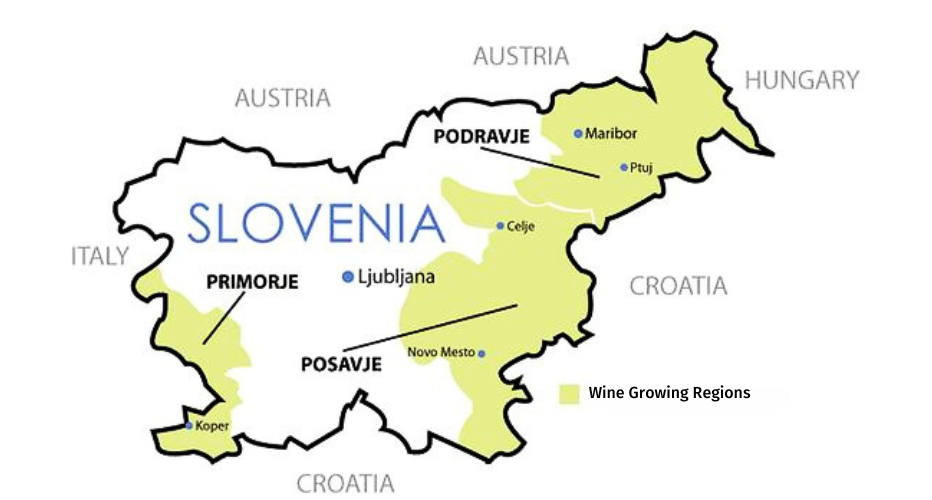
Image source: Pinterest
Primorska: Located in the southwest, Primorska is the warmest and most diverse region, known for its Mediterranean climate. The region is divided into four districts: Goriška Brda, Vipava Valley, Kras, and Slovenska Istra. It produces a mix of white, red, and increasingly popular orange wines.
The key grape varieties in Primorska include Rebula, Merlot, and Malvasia. The main varieties you should look for within each district are:
Goriška Brda: Rebula, Chardonnay, Merlot
Vipava Valley: Pinela, Zelen
Kras: Teran (Refosco), Malvasia
Slovenska Istra: Refosco, Malvasia
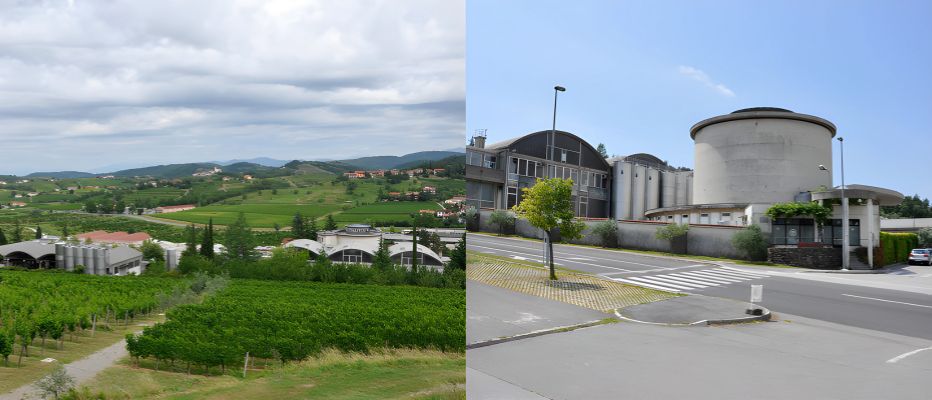
Image: Klet Brda
Klet Brda: As the largest cooperative winery in Slovenia, Klet Brda unites 400 local wine growers and is known for producing high-quality wines, including Rebula and Merlot.
Movia: A pioneer in natural winemaking, Movia is famous for its innovative techniques and exceptional wines like Rebula and Puro sparkling wine.
Marjan Simčič: This winery is renowned for its high-quality Rebula and other wines, utilizing traditional and modern winemaking methods.
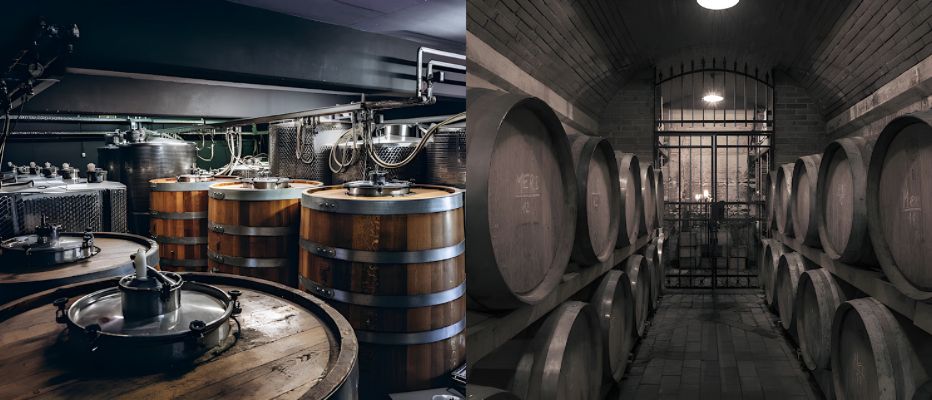
Image: Cellars at Marjan Simčič Winery
Ferdinand: Known for its exceptional Rebula wines, Ferdinand is a prominent winery located at the foot of the Soča Valley.
Guerila: A modern winery focusing on biodynamic wines, Guerila produces notable varieties like Zelen and Rebula.
Marc: Recognised for its fresh and delicate Pinela, Marc is a small family winery in the Vipava Valley.
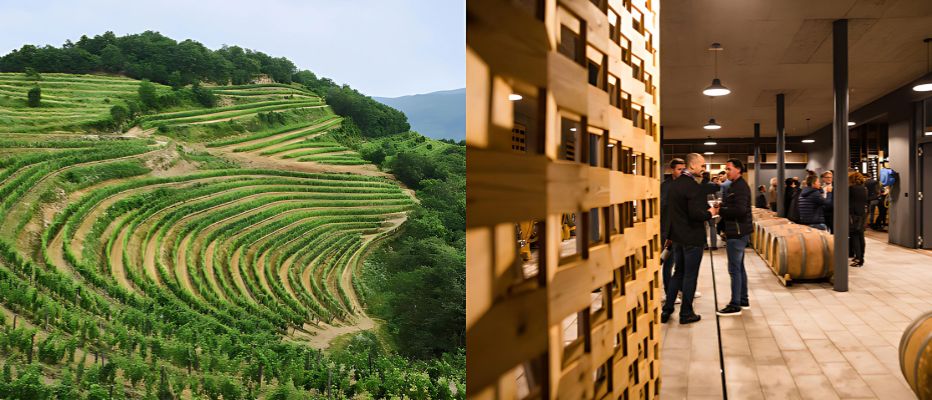
Image: Guerila Vineyard and cellar.
Vinakras Sežana: Specialising in Teran, Vinakras Sežana is a leading winery in the Kras region, known for its red wines made from Refosco.
Štoka: This family-run winery produces high-quality Teran and other wines, emphasizing traditional winemaking practices.
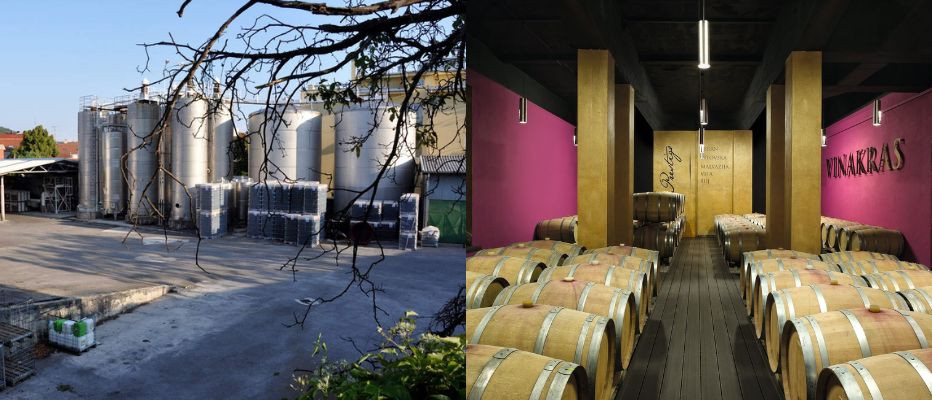
Image: Vinakras Sežana
Vinakoper: One of the region's largest and most renowned wineries, Vinakoper is famous for its Refosco and Malvasia.
MonteMoro: Known for its orange wine Malvazija aMorus, MonteMoro is a notable winery in Triban village.
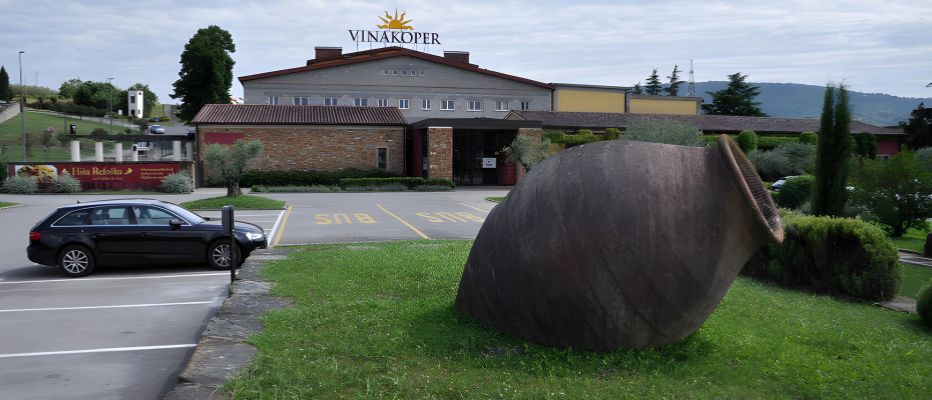
Image: Vinakoper Winery
Podravje: Situated in the northeast, Podravje is the largest wine-growing region, divided into two districts: Štajerska and Prekmurje. Known for its elegant white wines and sparkling wines, this region’s notable varieties include Riesling, Sauvignon Blanc, and Furmint.
Within the wine-growing districts, these are the prominent grape varietals:
Štajerska: Sauvignon Blanc, Riesling, Pinot Grigio
Prekmurje: Welschriesling, Chardonnay
Ptujska Klet: The oldest winery in Slovenia, founded in 1239, Ptujska Klet produces a variety of wines, including the award-winning Pullus Sauvignon.

Image: Pullus Sauvignon blanc
Dveri-Pax: Known for its elegant Riesling and Sauvignon Blanc, Dveri-Pax is a prominent winery in the Štajerska district.
Verus: A relatively new but highly respected winery, Verus is known for its high-quality white wines, particularly Riesling and Furmint.
Marof: Located in Mačkovci, Marof is celebrated for its organic wines, including the esteemed Marof Bodonci Sauvignon Blanc.

Image: Marof Bodonci Sauvignon Blanc
Radgonske Gorice: Famous for its sparkling wines, Radgonske Gorice has a long tradition of producing high-quality sparkling wines in Prekmurje.
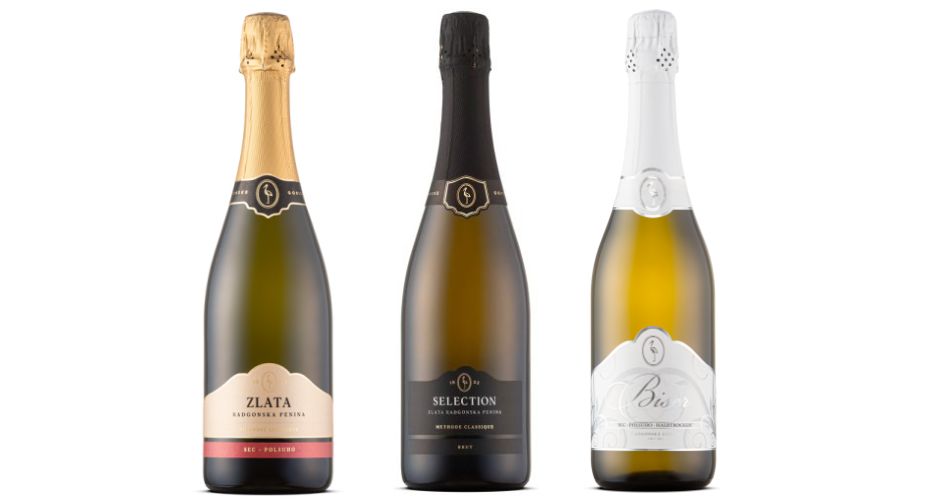
Image: RADGONSKE GORICE - Sparkling wines
Posavje: In the southeast, Posavje is the smallest wine region, consisting of three districts: Bela Krajina, Bizeljsko-Sremič, and Dolenjska. This region is famous for Cviček, a unique blend of red and white wines with low alcohol content. Other notable varieties include Blaufränkisch and Žametovka.
Within the three winemaking districts of Posavje, these are the main varietals:
Bela Krajina: Blaufränkisch, Welschriesling
Bizeljsko-Sremič: Blaufränkisch, Welschriesling
Dolenjska: Cviček (a blend of red and white grapes), Blaufränkisch
Vinska Klet Metlika: Known for its Metliška Črnina and other regional specialties, Vinska Klet Metlika is a key winery in Bela Krajina.
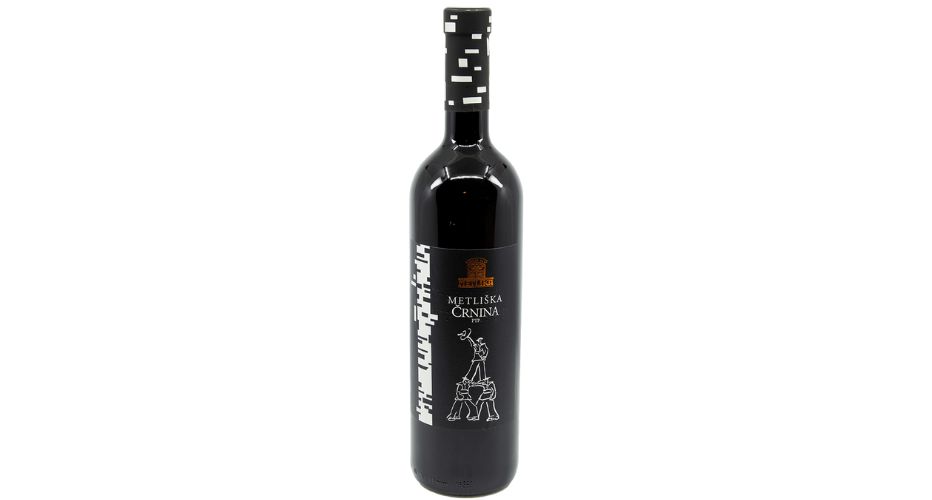
Image: Metliška Črnina
Prus: A family-run winery producing high-quality wines, including the notable Belokranjec.
Istenič: Renowned for its sparkling wines, Istenič has gained international acclaim for its commitment to quality and sustainability.
Klet Krško: With over 100 years of winemaking history, Klet Krško produces a variety of wines, including Blaufränkisch and sparkling wines.
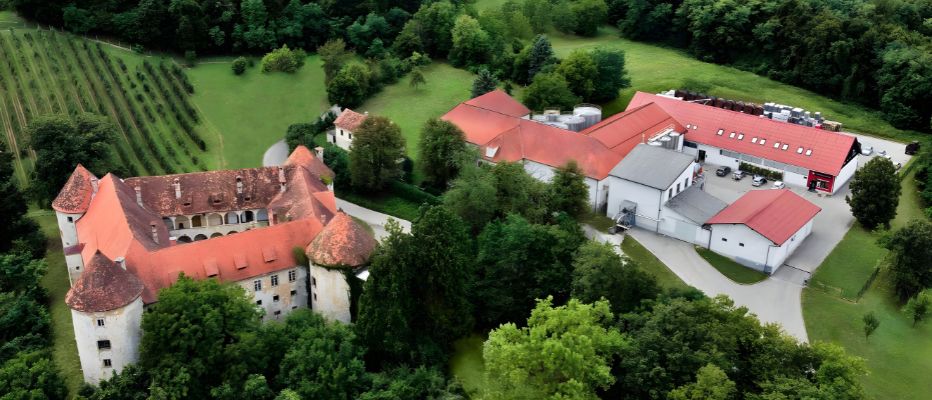
Image: Klet Krško
Matjažič: Known for its Cviček, a unique blend of red and white wines, Matjažič is a prominent winery in Dolenjska.
Finca: A family-owned winery focusing on traditional and innovative winemaking methods, Finca produces high-quality wines like Blaufränkisch and Žametovka.
These wineries represent the best of Slovenian winemaking, each contributing to the rich tapestry of the country’s viticultural heritage. Whether you’re exploring the Mediterranean-influenced wines of Primorska, the elegant whites of Podravje, or the unique blends of Posavje, Slovenia offers a diverse and exciting wine experience.
Sustainability is a cornerstone of Slovenian viticulture. Many vineyards are certified organic, and winemakers use natural vine protection products. The emphasis on sustainability extends to water conservation, biodiversity, and minimal human intervention in both vineyards and wine cellars.
Slovenia's commitment to sustainability is evident in several of its destinations being recognized among the world’s top 100 sustainability stories by Green Destinations. These destinations include Brežice, Jerusalem, Ljubljana, Miren Karst, Šalek Valley, and Kranj, each showcasing innovative and sustainable practices in tourism and winemaking.
Slovenia’s winemakers are leaders in organic and biodynamic practices. Sustainable viticulture emphasizes minimal human intervention, using natural preparations, spontaneous fermentation, and limited additives. Prominent wineries like Guerila, Batič, and Rodica in the Primorska region are notable for their organic methods.
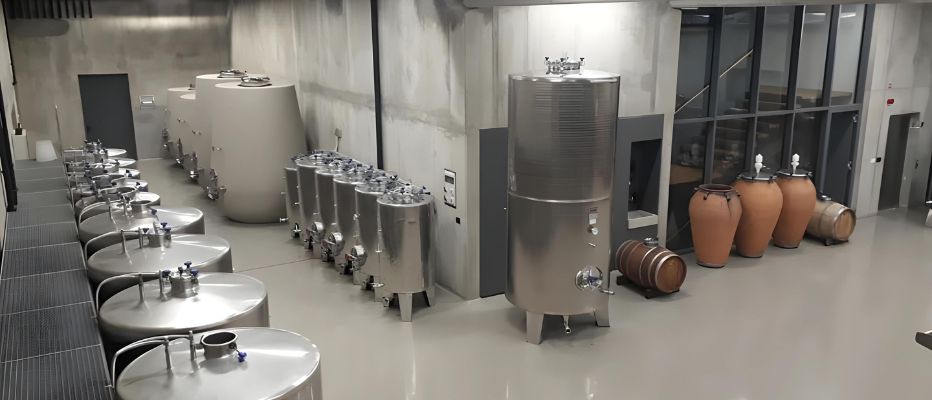
Image: Guerila Winery
Natural wine production in Slovenia involves a comprehensive approach to sustainability. This includes using local yeasts, spontaneous fermentation, minimal sulfur, and avoiding irrigation. The country is also known for its orange wines, which are white wines made with extended maceration. Notable producers include Joško Gravner and Stanko Radikon, who have popularized this style globally.
Slovenia produces between 800,000 and 900,000 hectolitres of wine annually, with a significant portion being exported. Slovenian wines are gaining recognition internationally, with key export varieties including Rebula, Sauvignon Blanc, and Blaufränkisch. These wines are celebrated for their unique flavors and high quality, making them popular in markets such as the United States, the United Kingdom, and Germany.
The UK is a growing market for Slovenian wines, with increasing interest in both traditional and natural wines from the country offering unique flavours and excellent quality-to-price ratios.
Some of the best-selling Slovenian wines in the UK include:
Movia Sauvignon Blanc: Known for its vibrant acidity and tropical fruit notes.
Klet Brda Rebula: Celebrated for its crisp acidity and minerality.
Istenič Sparkling Wines: Popular for their elegance and finesse.
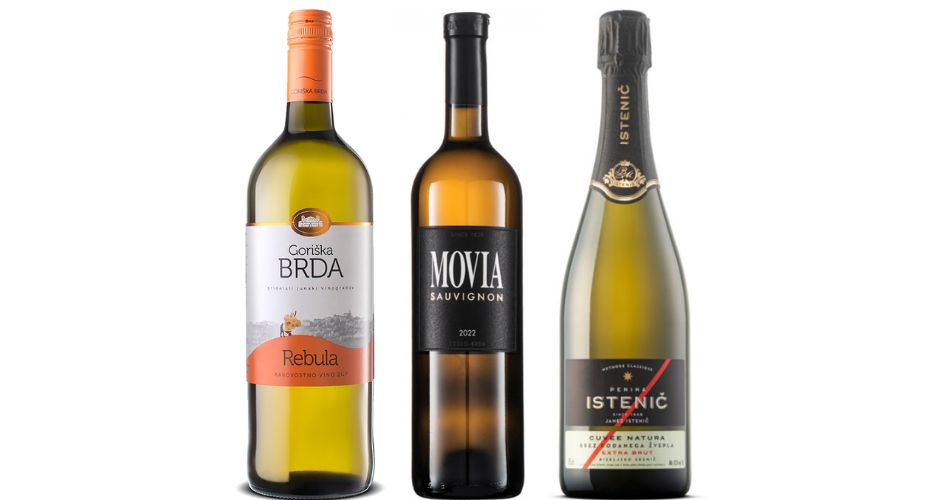
Image: (L-R)Klet Brda Rebula, Movia Sauvignon Blanc and Istenič Sparkling Wines
In addition to established markets like the United States and the United Kingdom, Slovenian wine exports are growing in countries such as Canada, Japan, and China. The unique flavors and high quality of Slovenian wines continue to attract new consumers worldwide.
[[relatedPurchasesItems-38]]
Slovenia’s rich history, diverse wine regions, and commitment to quality and sustainability make its wines stand out on the global stage. With a growing presence in international markets and a strong tradition of excellence, Slovenian wines are poised for continued success and recognition.
Call for domestic and international submission is now open for London Wine Competition. Enter your wines and give your brand a global boost. Register now